Breaking the AI Myth in Creative Strategy
AI is often misunderstood. In many industries, it’s seen as a tool for rapid content generation—useful, yes, but impersonal and lacking originality. In the creative field, this perception is even stronger. Many fear that AI-generated content lacks the depth, emotion, and strategic thought that true storytelling requires.
When used critically and its full potential is developed, AI can enhance entire campaigns, reshape brand perception, and create deeper audience engagement. Rather than replacing human creativity, AI can serve as a powerful extension of it, bringing fresh perspectives and amplifying storytelling possibilities in ways that were previously unattainable.
This is exactly the approach we took in the campaign for the Polish Institute in Berlin, where AI played a significant role. The challenge wasn’t just to create AI visuals—it was to reshape how Polish culture is perceived in Germany. What follows is an example of how AI’s analytical capabilities helped us push creative boundaries. With the ability to analyze vast amounts of data, uncover insights, and shape campaigns from multiple perspectives with remarkable speed, we refined our strategic thinking, asked critical questions, and identified key themes we may not have considered otherwise. Using these insights, we then created AI-generated imagery that resonated deeply, ensuring that the visual storytelling was not just aesthetically strong but strategically impactful—creating a bridge between tradition and modernity, history and innovation.
From Traditional Brand Communication to AI-Supported Storytelling
The Polish Institute Berlin presented a distinct challenge: shift the outdated perception of Polish culture among Berliners. Historically, Poland has often been seen through a traditional, even old-fashioned lens. However, over the years, the country has undergone a massive transformation—culturally, economically, and socially. The goal was to communicate this evolution and make Poland feel closer, more modern, and more relevant to Berliners.
Our initial approach focused on a minimalist, connection-driven design, aligning with traditional brand communication methods. While effective in establishing a visual identity, we saw an opportunity to deepen emotional engagement.
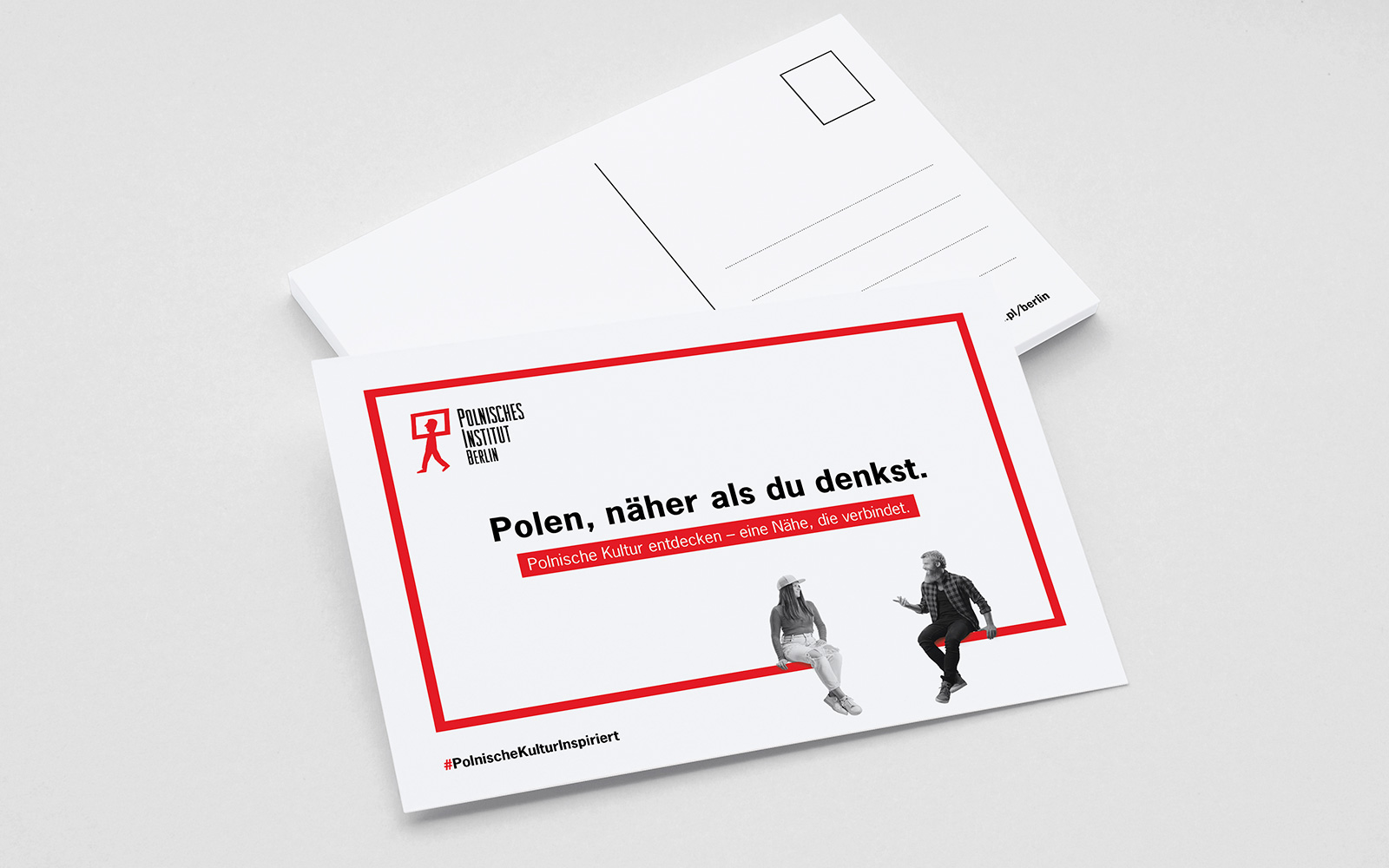
By integrating AI, we transformed the campaign into a powerful cultural narrative, making the story of Polish identity more immersive and visually compelling.
This led to the creation of the ‘Polnische Kultur neu entdecken’ (Rediscover Polish Culture) campaign. The key visual—a stork in a striking red hat and black suit—stood in contrast to the surrounding monochromatic imagery depicting figures from Polish music, cinema, art, and theatre in a 19th-century style. This deliberate juxtaposition symbolized Poland’s transformation: a nation deeply rooted in its past but confidently embracing a modern identity. Rather than abandoning its traditions, the campaign emphasized how history has shaped Poland’s contemporary cultural strength, making it both self-aware and forward-thinking.
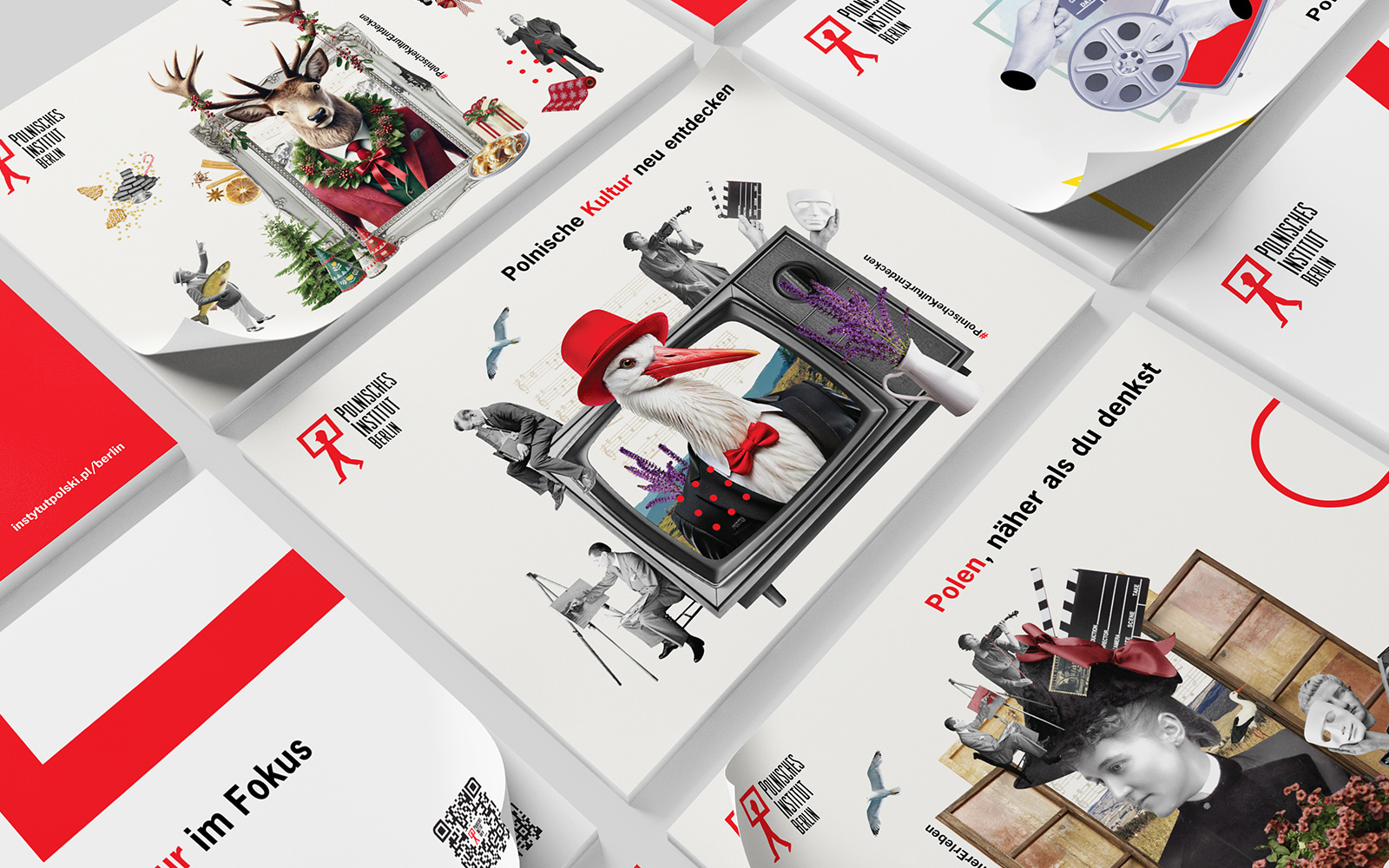
The Elegant Stork: A Symbol of Modern Poland
A stork, a well-known national symbol of Poland, was transformed into an elegant, confident figure—dressed in a suit, standing proudly inside an old-school television set. Surrounding it were traditional symbols of Polish culture—music, art, theater—all monochrome, contrasting the vivid presence of the stork.
It was a metaphor for a modern, forward-thinking Poland, aware of its heritage, emerging from its historical narrative. The AI-generated artwork allowed us to strike the perfect balance between cultural pride and contemporary appeal.
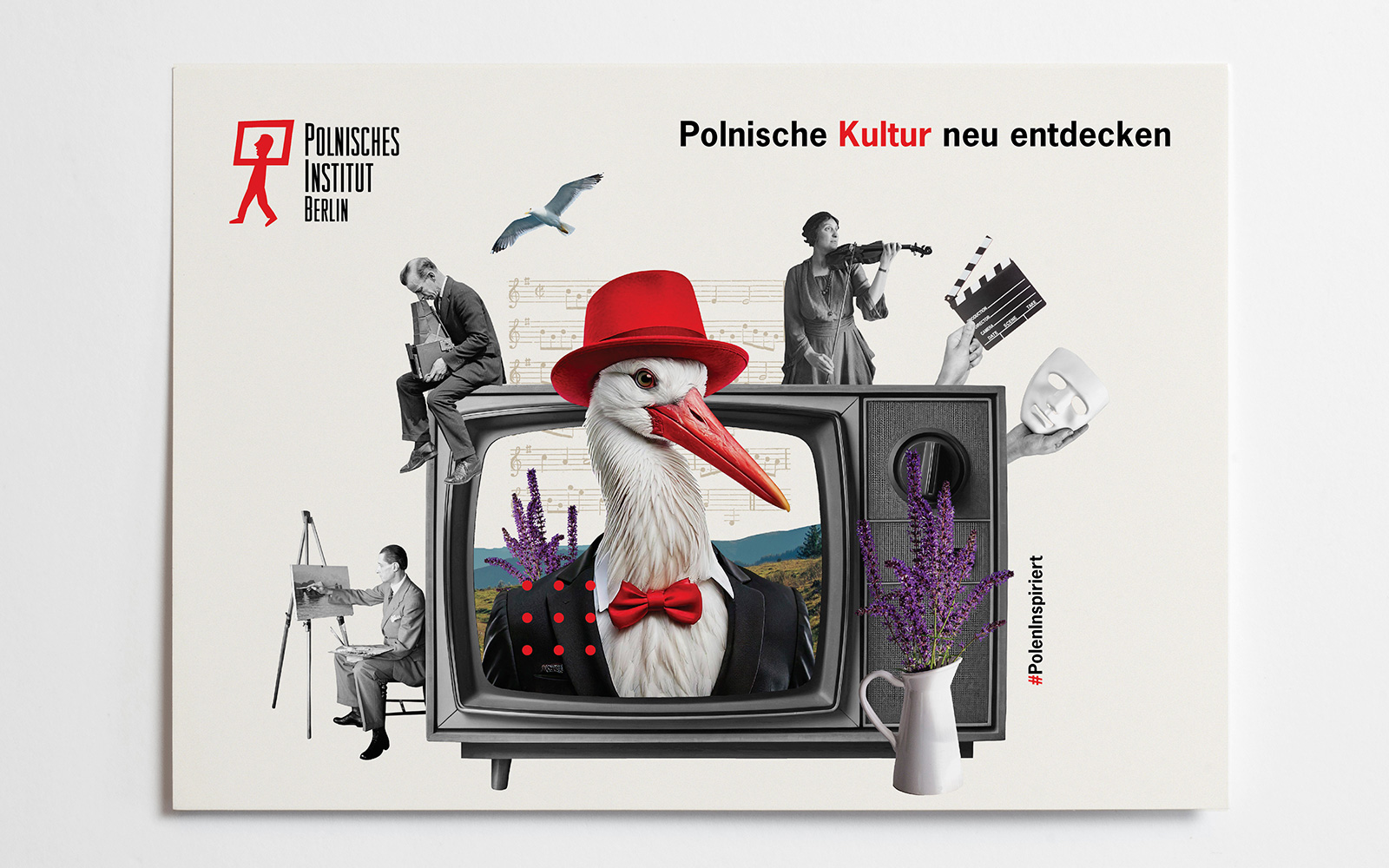
The Proud and Strong European Deer
For the Christmas campaign, we created another symbolic figure—a noble European deer, dressed in a refined winter outfit, exuding warmth and sophistication. This representation of Poland was proud yet inviting, subtly breaking old stereotypes while keeping cultural heritage intact.
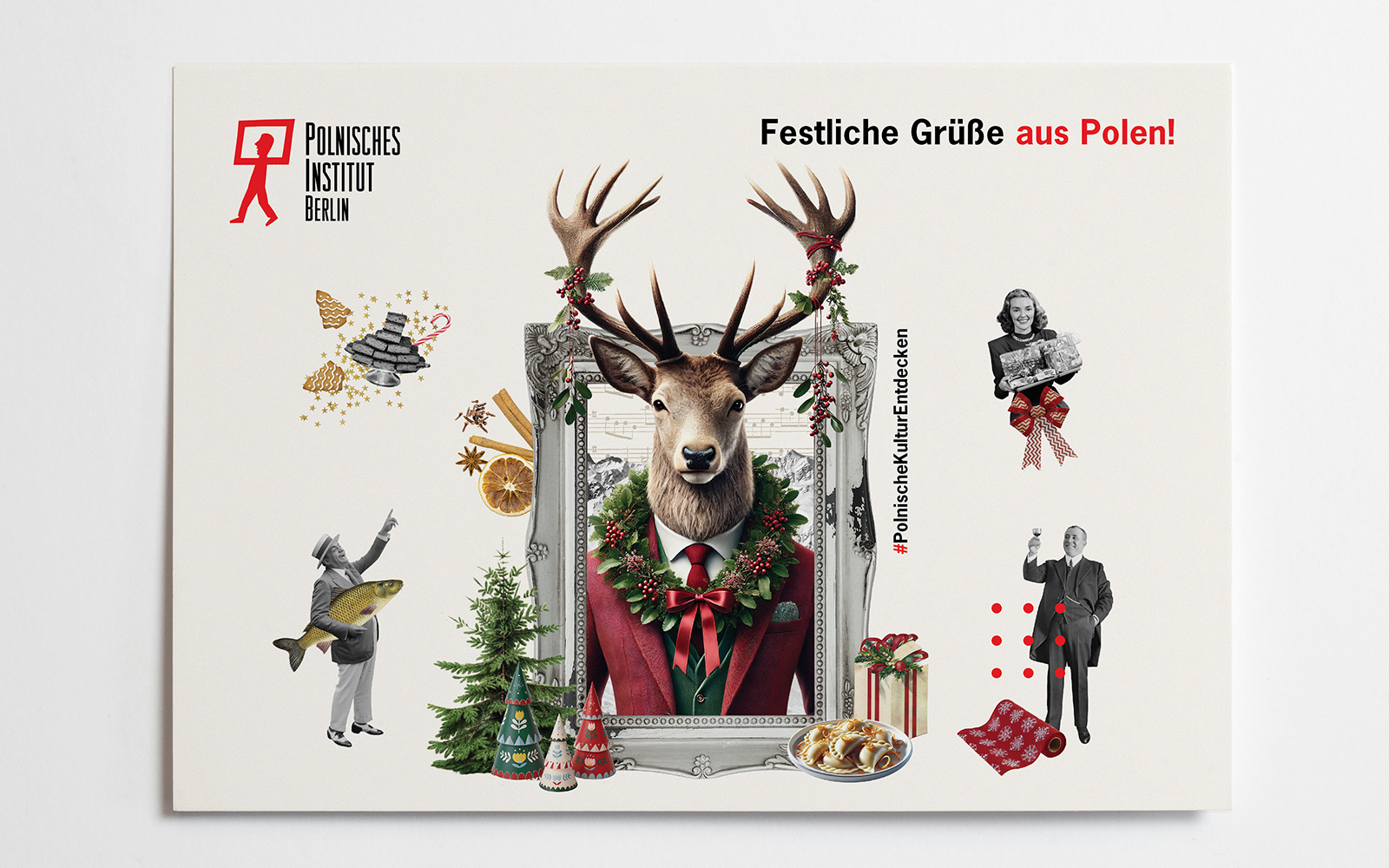
Can AI Alone Deliver True Creativity?
AI alone isn’t enough. It processes information based on existing data and patterns, but it lacks independent critical thinking—it cannot question assumptions, challenge biases, or make strategic decisions in the same way a human can.
This is where human creativity, insight, and cultural awareness become irreplaceable. AI can assist in generating content, analyzing trends, or automating tasks, but it does not understand or evaluate the deeper meaning of what it produces. It requires human oversight to ensure the content aligns with strategic objectives, cultural nuances, and emotional resonance. The real power in this campaign came from the strategic choices—selecting the stork as a national symbol, carefully balancing old and new, and ensuring the visuals connected with a modern audience.
This is a critical point for brands considering AI. AI can enhance creativity, but it can’t replace it. The key is knowing how to direct AI, shape its output, and integrate it into a broader brand strategy.
Key Takeaways: AI as a Creative Catalyst
AI is not just a shortcut for content creation—it is a tool that, when used strategically, can reshape brand narratives and drive deeper engagement. As AI continues to evolve, the real opportunity lies in how we combine human ingenuity with AI-driven insights. The most successful brands won’t just use AI—they’ll curate, direct, and refine it, making it an extension of their creative process. The future of AI in branding is not about replacing creativity—it’s about unlocking new possibilities through collaboration between human intelligence and artificial intelligence.
But as we move forward, one question remains: How do we ensure that AI-driven creativity remains authentic, meaningful, and human at its core?
Ewa Gillen
Creative Lead at Gillen Design




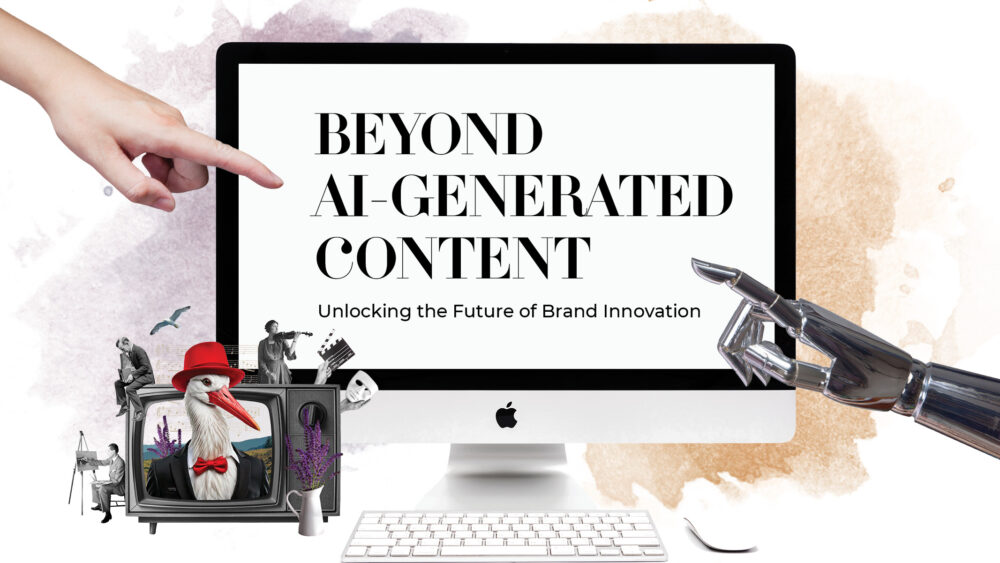






Comments are closed.